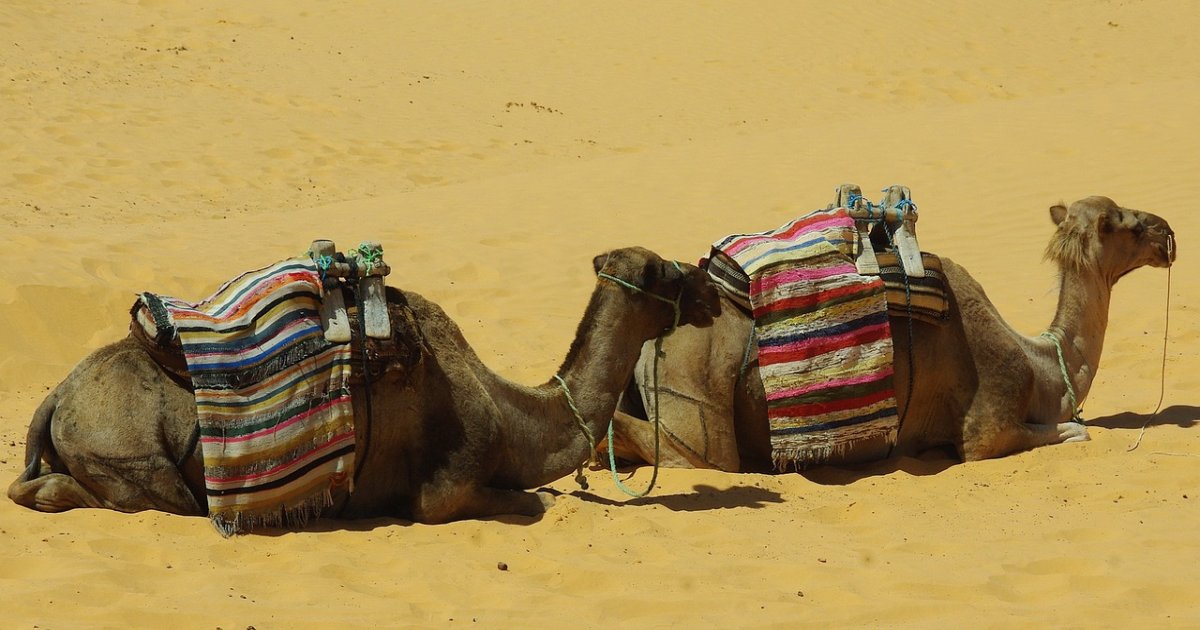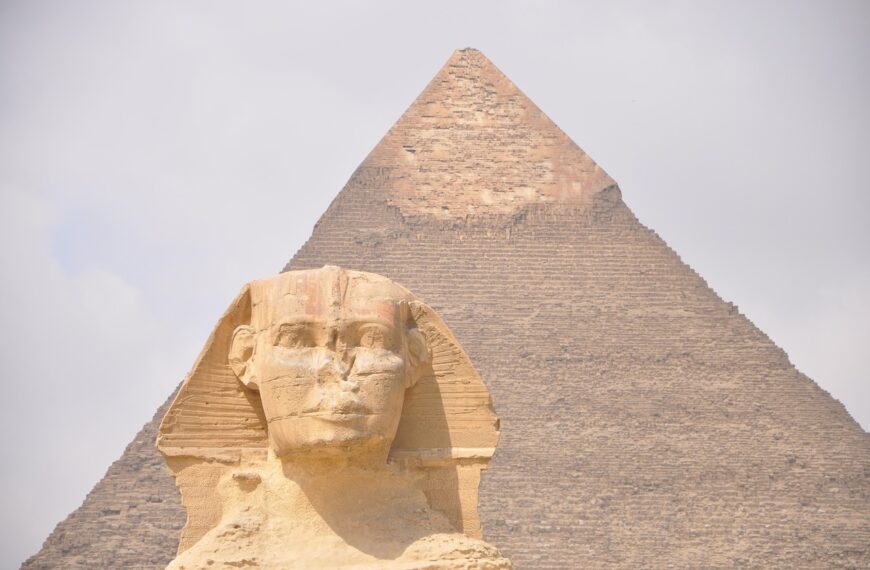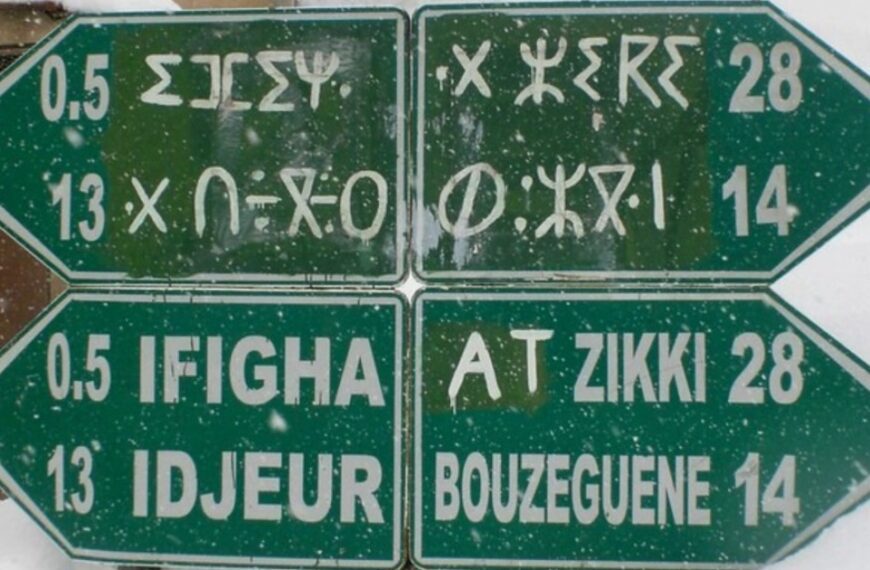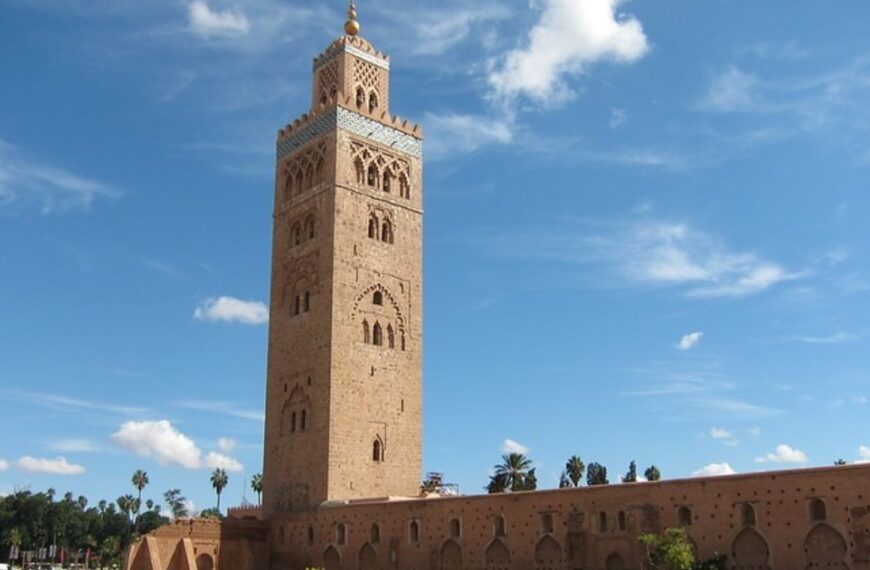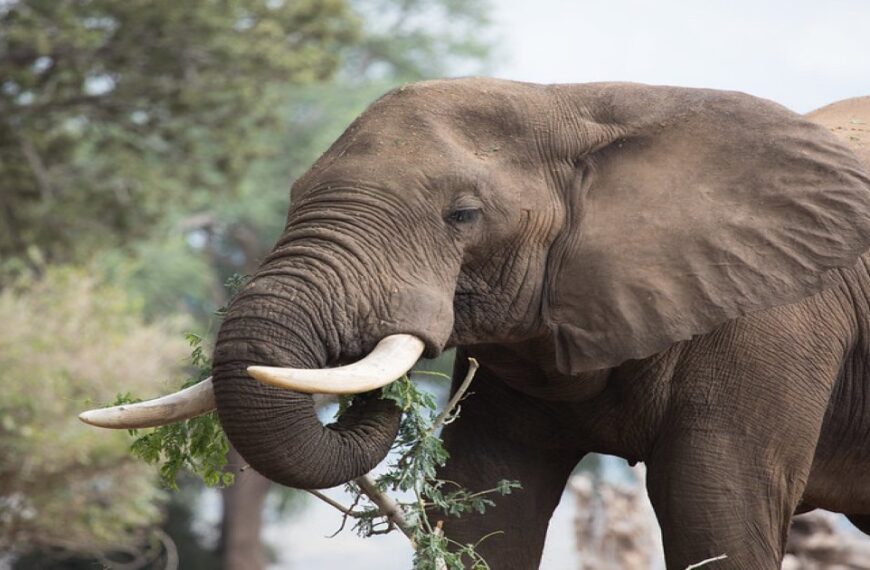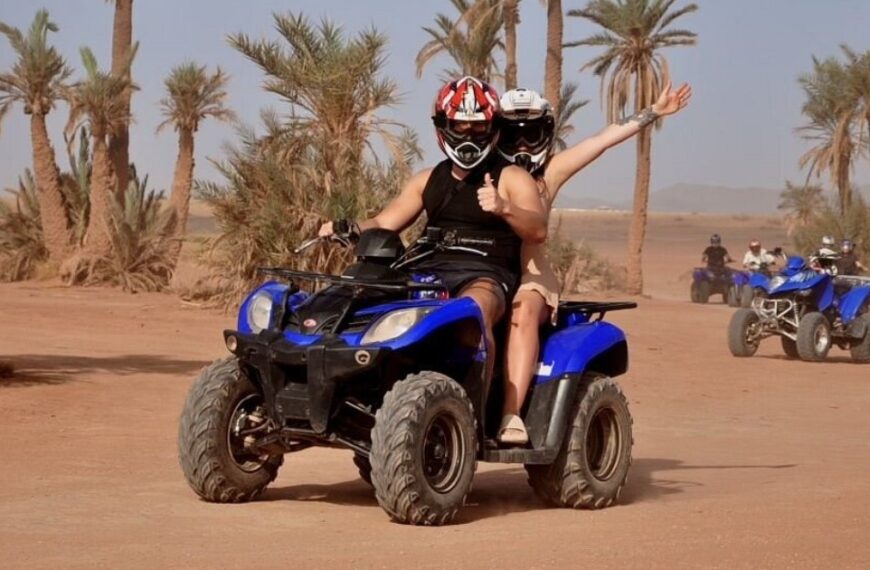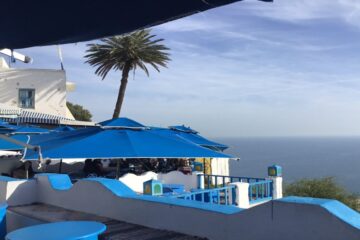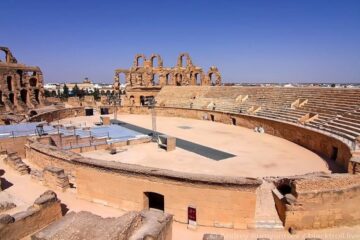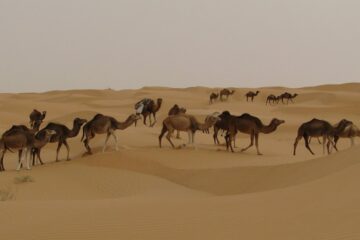It’s safe to assume that most of Tunisia’s tourist attractions revolve around the country’s famous beaches. Donkey rides on the beach may be famous in other nations, but this one has something a little different to offer. The title certainly gave it away, but we’re talking about camel trekking in Tunisia in particular. For all its enduring allure, camel rides take on a whole new level of mystery when they take place in one of the world’s most breathtaking landscapes: the desert.
Camel riding is an experience that won’t be for everyone (but we think most people would like it). With this in mind, let’s examine the pursuit in-depth, outlining what you can do to be ready and the precise benefits you may anticipate from participating.
How should you prepare for a camel trekking journey in Tunisia?
Take the weather into consideration
Camel trekking, as we’ll see, may deliver some genuinely remarkable experiences. However, there is one important caution to consider: a lot relies on the weather. “Extreme” is unquestionably the buzzword. It’s fairly uncommon for bottles of water to freeze overnight in the cold.
Then, in the summer, prepare for some of the highest temperatures you’ve ever seen. It implies that you must plan your vacation carefully, with spring and fall being the best periods to visit since they give a comfortable temperature range. It’s worth mentioning that this applies both during the day and at night and there will be no intolerable situations.
Following on from the preceding, it should come as no surprise that suitable equipment should be packed. However, various eyebrows may be raised with respect to the most significant component.
Take the environment into consideration
Let’s leave the temperature aside for a while. One of the most difficult obstacles you’ll face is the surroundings. You’re in the midst of the desert, with winds whipping around you, which means sand will be blowing directly into your face. It just implies that you should bring a turban to protect yourself. Furthermore, if the temperature rises, you may wear it to shield your head and shoulders.
Other than that, you should consider layering your clothing. The temperature variations, as we have often said, are one of the most significant aspects of our expedition. You may exert some control over your body temperature by dressing in layers and taking them off or putting them on as needed.
Make certain that none of these layers are skirts or shorts in the case of females. This is because one of the most common ailments during the ride is saddle burn, which occurs when your legs are continually pressing against the saddle as a result of the camel’s chaotic action. In addition to wearing it correctly, make sure you grasp onto the handlebar and don’t try to maintain equilibrium on the animal by pressing your legs together.
Get in shape!
Another critical element is to begin exercising and becoming in shape. You should be able to concentrate more on enjoying the vacation if your body is in good shape.
Finally, and from a health standpoint, it should go without saying that you should have easy access to water. Because you will not be stopping often on many of these travels, you must not only pack water but also ensure that it is placed in a spot that is conveniently accessible.
What to expect during the camel trekking experience?
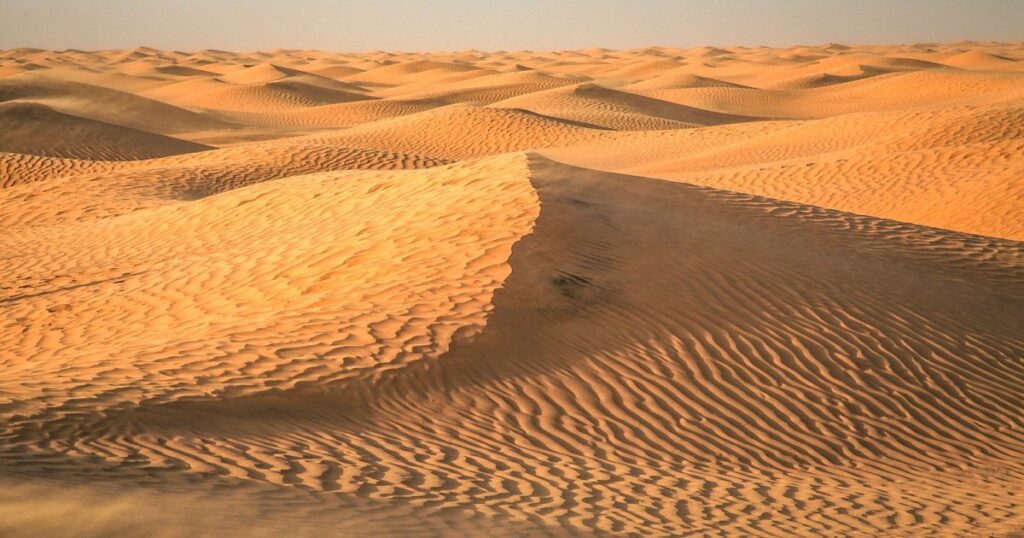
The answer to this question, once again, varies, although not always due to the weather. Different tour organizations will provide different activities, and although some may not be identical, the essence of them all will undoubtedly be.
The idea behind a camel trip throughout Tunisia is that you’ll get to experience all of the local cultures. You will be assigned your own guide, who will clearly know all there is to know about camels, and your only task will be to give your camel a name. That’s correct, they don’t usually have permanent names.
If you choose an adventure that includes an overnight stay, you will naturally be able to sample local cuisine and even sleep in a Bedouin tent based on where you go. Most of these overnight adventures entail sleeping beneath the stars, which is something very unique, to say the least.
While activities may vary greatly (after all, the desert is immense), we have selected some of the most typical that many tour companies prefer to give. While your tour may not visit these identical spots, they will most likely locate options that are comparable.
Lake Houidhat Erreched
This is perhaps the sort of action that most people do not anticipate when they hear about camel riding. Most visitors assume the experience is all about bobbing up and down on a camel, and they overlook the locations that may be seen along the way.
This is where Houidhat Erreched Lake distinguishes itself. While you will be able to observe the wonderful landscapes of Tunisia’s desert, one of your destinations will be a hot water lake encircled by sandy mountains. You will normally be allowed many hours to rest and swim in this lake, which is unlike any other you have visited in your life.
The route of Silk Trade
This could provide the answer for those who want to infuse their journey with a little bit of history. The Silk Road is a historic network of trade routes that linked the East with the West and has been the subject of several novels.
Sure, it’s relatively unspoiled today, and you probably won’t find a ton of items that reveal its history. Still, it has the potential to provide a taste of the variety and a glimpse into the past of this region.
The Oasis treks
This is a popular route for camel trekkers since it passes via several of the Sahara’s oasis settlements. You can travel between Bedouin settlements if you make it there. It’s another illustration of how a camel trip is more than simply a “ride” because of the sights it offers.
Read also: 5 days desert tour in Tunisia.

